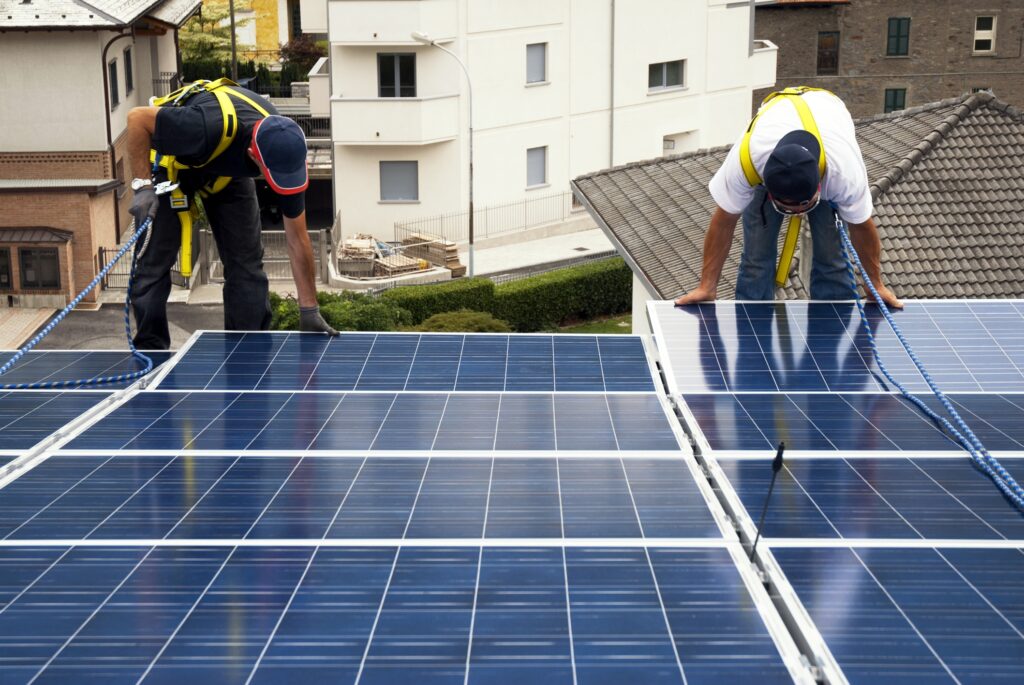Solar panels can be installed in various locations, depending on the specific requirements and constraints of the installation site.
- Roof-Integrated Installations: Solar panels can be integrated directly onto the roofs of residential, commercial, and industrial buildings. This installation method maximizes the use of available space and is often preferred in urban areas where ground space may be limited.
- Ground-Mounted Installations: Solar panels can be installed on the ground, typically in open areas such as fields, unused land, or solar farms. Ground-mounted installations are often used for large-scale solar projects and can be designed with tracking systems to optimize solar energy capture throughout the day.
- Solar Canopies and Carports: Solar panels can be incorporated into overhead structures such as canopies or carports, providing shade for parking areas while generating renewable energy. This installation type is commonly seen in parking lots, residential driveways, and commercial or industrial complexes.
- Building-Integrated Photovoltaics (BIPV): Building-integrated photovoltaics involve integrating solar panels directly into building elements such as windows, facades, or walls. BIPV systems combine the functionalities of traditional building materials with solar energy generation, offering an aesthetically appealing and energy-efficient solution for sustainable construction.
- Solar Farms: Large-scale solar farms are dedicated installations comprising numerous solar panels, often covering extensive land areas. Solar farms are typically located in regions with ample sunlight and are designed to generate electricity for utility-scale power distribution.
- Off-Grid Installations: Solar panels can be installed in remote locations or off-grid settings, providing a reliable source of renewable energy for residential, commercial, or industrial applications that are not connected to the main power grid. Off-grid installations often incorporate energy storage systems to store excess energy for use during periods of low solar generation.
The choice of installation location depends on factors such as available space, sunlight exposure, structural considerations, and the specific energy needs of the site. Proper assessment of these factors is crucial in determining the most suitable location for installing solar panels to maximize energy production and overall efficiency.


